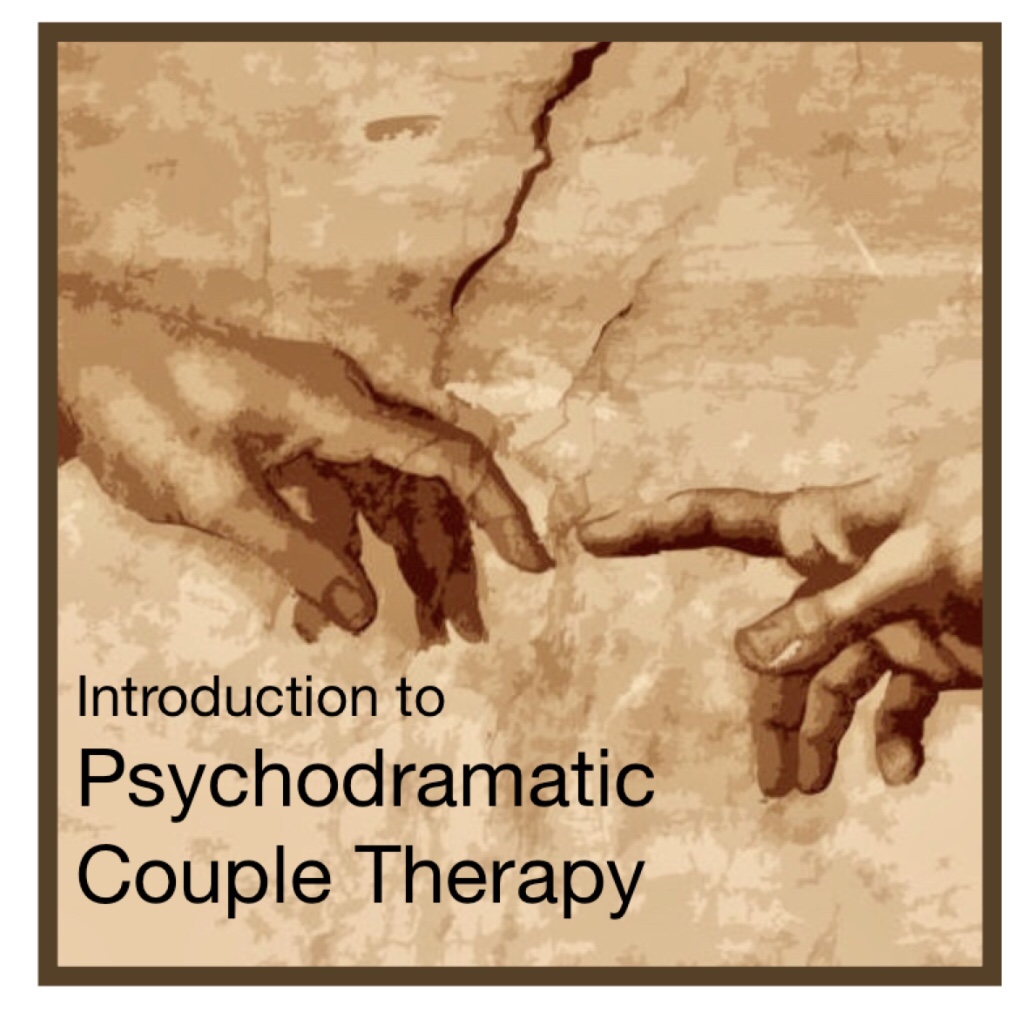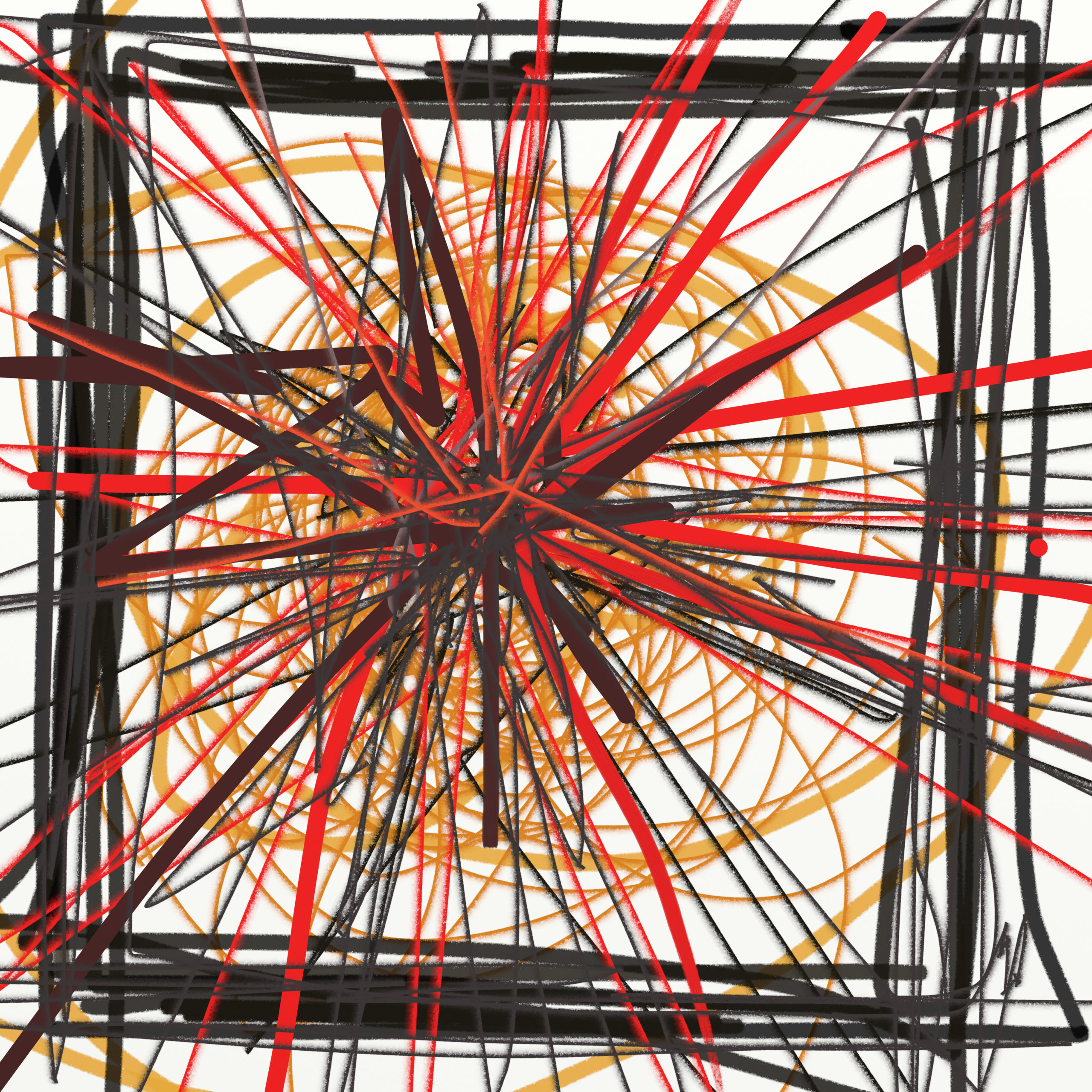Nice to have the images back!
Technical problems with WordPress on this site.
Update — Saturday, 29 February 2020
I have managed too get the blog going — with the help of people at Jetpack and Dreamhost
So good to have it back including the images that were lost for a long time!
*
On February 17 2020 I wrote:
-
- The images don’t show up properly since I changed the Media Library address — now can’t change it back.
- Viagra ads when site is accessed through search or RSS
- Can’t login via the WordPress.org login.
I’m working on all three!!
Emails to Dreamhost and WordPress on the go.
Oat Cookies
recipe

Personal Development Weekends 2020
Get a grip on a few things
I will be conducting a personal development weekend beginning the evening of Friday 26 to Sunday 28 April 2019
This is a great opportunity to take a new step in your personal development. This will be a time to attend fully and deeply to what is important to you. If you come as a couple, attend to your relationship in a supportive group. The workshop will help you focus, break through blocks, incubate new plans, make promises to yourself.
I have been conducting these weekend workshops regularly for the past few years and I’m looking forward to this one, I expect it will be a special, productive experience. See below for more details and a link to the flyer. I hope to see you aboard!
That was the email I just sent out, I like the subject line! It is not quite a USP — I don’t have that yet. Maybe there is a need for a USP and then these occasional evocative lines. What would a copy writer say?
Here is the link to the flyer.
Psychodramatic Couple Therapy

Enrol for one day workshop in Christchurch Saturday 16 March
Shane Birkel interviews Laura Heck – Gottman approach
I’m listening to Shane Birkel interview Laura Heck.
017: Using Gottman Interventions to Enhance Intimacy with Laura Heck
[You can listen to all Shane’s podcasts on your phone if you have a podcast app. Search forThe Couple Therapists Couch. I use Pocket Casts.]
I wanted to jot down some bullet points so thought – blog, why not.
Continue reading “Shane Birkel interviews Laura Heck – Gottman approach”
Poem
Elliott Connie – Goals and Outcomes video
I found this video by Elliott Connie useful! Elliott is a Solution Focussed Couple therapist.
Bud, a psychodrama colleague recommended the video, on Shane Birkel’s Facebook page.
Here a a bit of Bud’s summary:
… the vital importance of the difference between a goal for therapy and a desired outcome. He discuses it in the context of working with a couple who appeared to have mutually opposing or exclusive goals.
What a simple idea, and perhaps something we already know in an illusive way. Elliott’s teaching and examples in the video are just excellent.
$1,000,000 = Goal
Peace of mind = Outcome
*
Gets me thinking… he is showing us an example of assisting people to deeper into their being and sharing more. I like the SF questions.
I wonder if couples themselves using the universal space opening question: “Is there more?” would go from the goal to the outcome?
That way couple can do their own deep listening, with one question: Is there more?
This can be done – partner to partner. If they succeed they may get more confidence and hope for their relationship.
If they don’t… it is good for the therapist to have SFT at the ready.
*
Do watch & listen to the video!
Rūaumoko – Wikipedia
Rūaumoko – Wikipedia
— Read on en.wikipedia.org/wiki/Rūaumoko
In Māori mythology, Rūaumoko (also known as Rūamoko) is the god of earthquakes, volcanoes and seasons.[1][2] He is the youngest son of Ranginui (the Sky father) and Papatūānuku (the Earth mother) (commonly called Rangi and Papa).[2]




